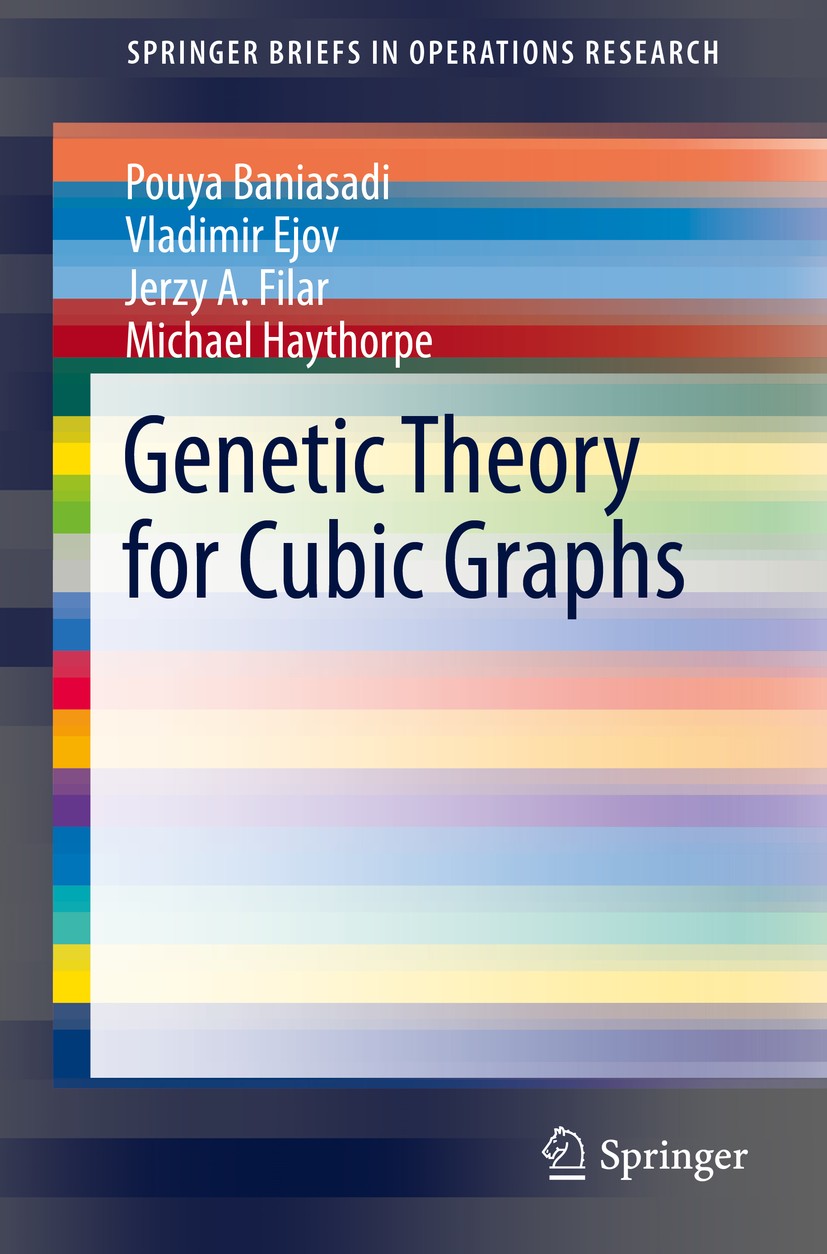| 书目名称 | Genetic Theory for Cubic Graphs |
| 编辑 | Pouya Baniasadi,Vladimir Ejov,Michael Haythorpe |
| 视频video | http://file.papertrans.cn/383/382637/382637.mp4 |
| 概述 | Includes supplementary material: |
| 丛书名称 | SpringerBriefs in Operations Research |
| 图书封面 |  |
| 描述 | .This book was motivated by the notion that some of the underlying difficulty in challenging instances of graph-based problems (e.g., the Traveling Salesman Problem) may be “inherited” from simpler graphs which – in an appropriate sense – could be seen as “ancestors” of the given graph instance. The authors propose a partitioning of the set of unlabeled, connected cubic graphs into two disjoint subsets named genes and descendants, where the cardinality of the descendants dominates that of the genes. The key distinction between the two subsets is the presence of special edge cut sets, called cubic crackers, in the descendants..The book begins by proving that any given descendant may be constructed by starting from a finite set of genes and introducing the required cubic crackers through the use of six special operations, called breeding operations. It shows that each breeding operation is invertible, and these inverse operations are examined. It is therefore possible, for any given descendant, to identify a family of genes that could be used to generate the descendant. The authors refer to such a family of genes as a “complete family of ancestor genes” for that particular descendant |
| 出版日期 | Book 2016 |
| 关键词 | Cubic Graphs; Descendants; Genes; Graph Algorithms; Inherited Properties; Mutants |
| 版次 | 1 |
| doi | https://doi.org/10.1007/978-3-319-19680-0 |
| isbn_softcover | 978-3-319-19679-4 |
| isbn_ebook | 978-3-319-19680-0Series ISSN 2195-0482 Series E-ISSN 2195-0504 |
| issn_series | 2195-0482 |
| copyright | Springer International Publishing Switzerland 2016 |
 |Archiver|手机版|小黑屋|
派博传思国际
( 京公网安备110108008328)
GMT+8, 2025-11-23 14:40
|Archiver|手机版|小黑屋|
派博传思国际
( 京公网安备110108008328)
GMT+8, 2025-11-23 14:40


